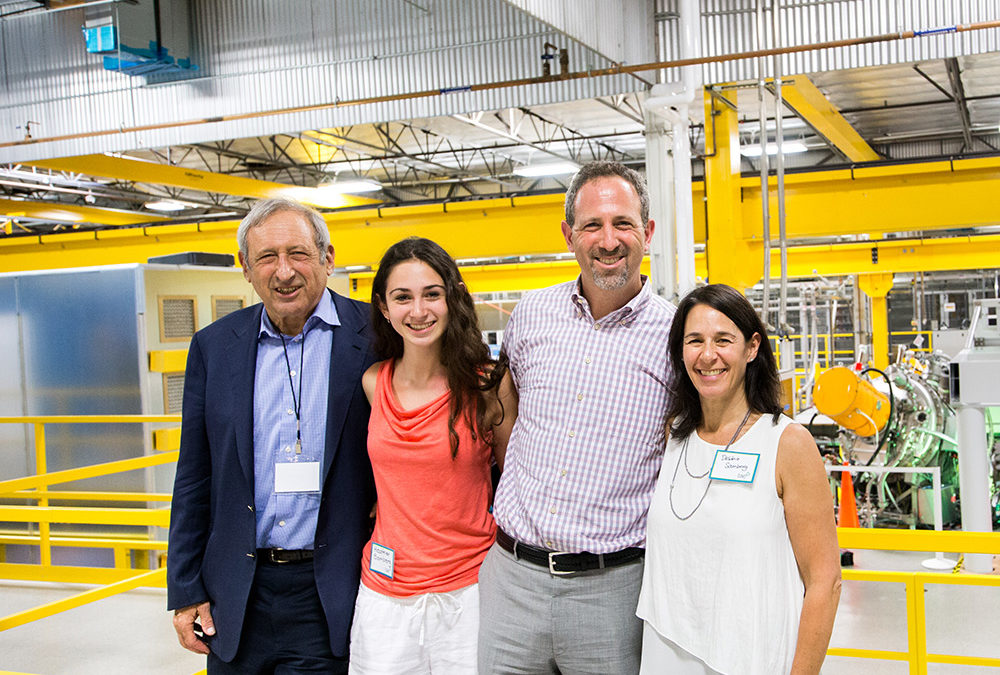
Simulation of Equilibrium, Stability, and Transport in Advanced FRCs
November 2020 | S. Dettrick | APS-DPP | Poster
Analysis – interpretive modeling of C-2W experiment. Simulation – predictive modeling of experiment.

November 2020 | S. Dettrick | APS-DPP | Poster
Analysis – interpretive modeling of C-2W experiment. Simulation – predictive modeling of experiment.

November 2020 | M. Nations | APS-DPP | Poster
Edge biasing of annular electrodes in the divertor region is routinely utilized as a boundary control technique to stabilize the FRC in the confinement vessel.
November 2020 | B.S. Nicks | Nuclear Fusion | Paper
In the scrape-off-layer (SOL) of a field-reversed configuration, neutral beam injection can drive
modes in the vicinity of the ion-cyclotron frequency

November 2020 | L. Steinhauer | Physics of Plasmas | Paper
A reconstructor tool is developed for fast computation of fully two-dimensional equilibria of FRCs that are consistent with routine magnetic data from experiments.

October 2020 | C. Scott | Nuclear Fusion | Paper
Energetic beams excite semi-repetitive modes (‘staircase mode’) in the field-reversed configuration (FRC) plasma.

Investments in private fusion ventures from billionaires, venture capital firms, philanthropists, and even oil and gas majors have grown in the past year. Measured by the amount of capital raised, TAE Technologies in Orange County, California, leads the pack at $750 million. That’s up by $150 million from early 2019, when named investors included the late former hedge fund manager Arthur Samberg, Charles Schwab, former Morgan Stanley CEO John Mack, venture capital firms New Enterprise Associates and Venrock, the UK’s Wellcome Trust, several sovereign funds, and Alphabet. CEO Michl Binderbauer says that list remains largely unchanged.

September 2020 | X. Yang | AIP Conference Proceedings | Paper
Simulation survey performed at TAE Technologies, has demonstrated that HHFW heating is a promising scenario to heat core electrons of FRC plasma.

August 2020 | C. Lau | Physics of Plasmas | Paper
A quasi-neutral blended drift-Lorentz particle model of the field-reversed configuration (FRC) has been developed and implemented in the particle-in-cell code named ANC.

Prior to Coronavirus, human impact on the environment was largely studied in models and projections, making the cause and effect seem abstract to some. Now, we have all been partaking in an unprecedented living laboratory experiment, where the drastic reduction of planes, cars, and factory activity has led to results that are starkly visible in our everyday lives.

The Samberg Family Office has been a lead investor in TAE Technologies since our launch in 1998, and Art played an instrumental role in our company’s trajectory ever since. As an early champion, to member of the Board of Directors, and ultimately Chairman, Art has been there for us every step of the way in his longterm commitment to TAE. It is thanks to his unwavering support, audacious vision, and generous spirit that we are now on the cusp of the transformational clean energy solution he was so determined to help bring to the world. On behalf of the entire TAE team, we thank Art for his longtime support; and we wish peace and comfort to Art’s wife Becky and the entire Samberg family. May his memory be a blessing and an inspiration to us all. [L-R: Art Samberg, Heather Samberg, Jeff Samberg, Debbie Samberg]